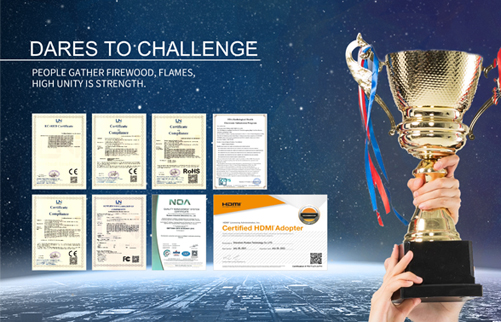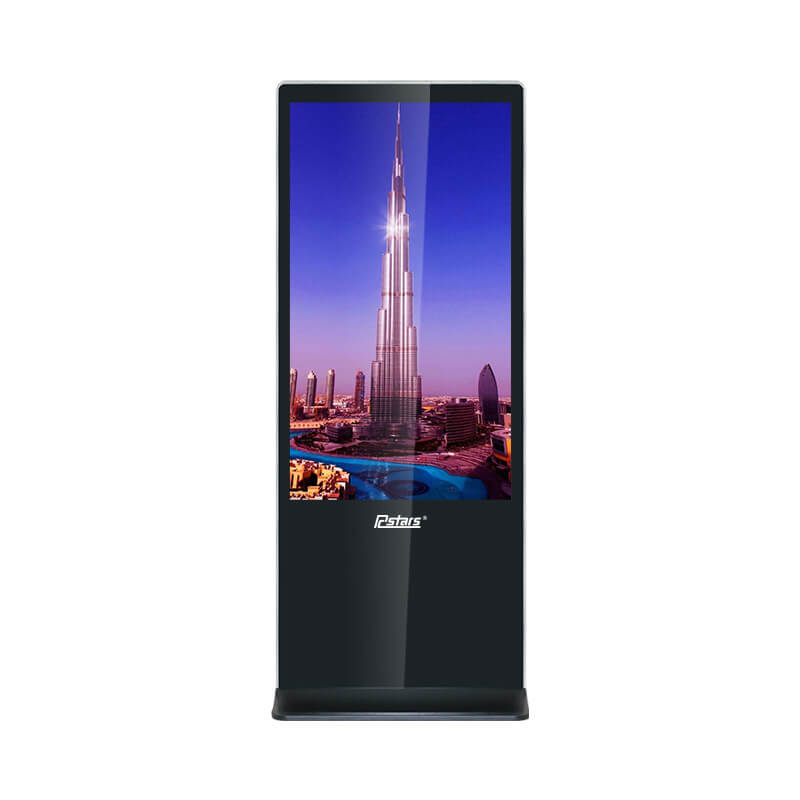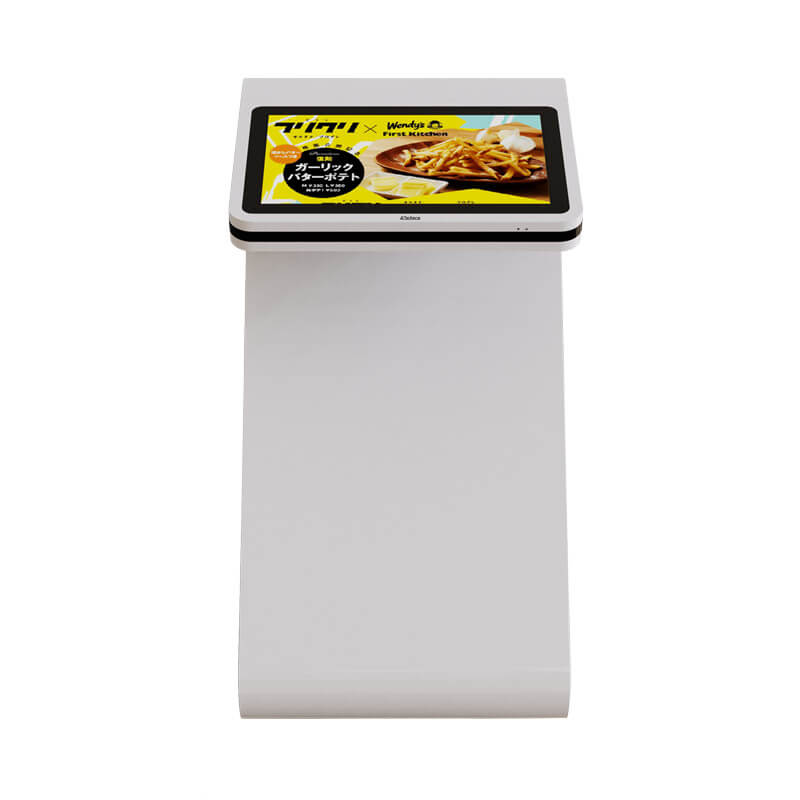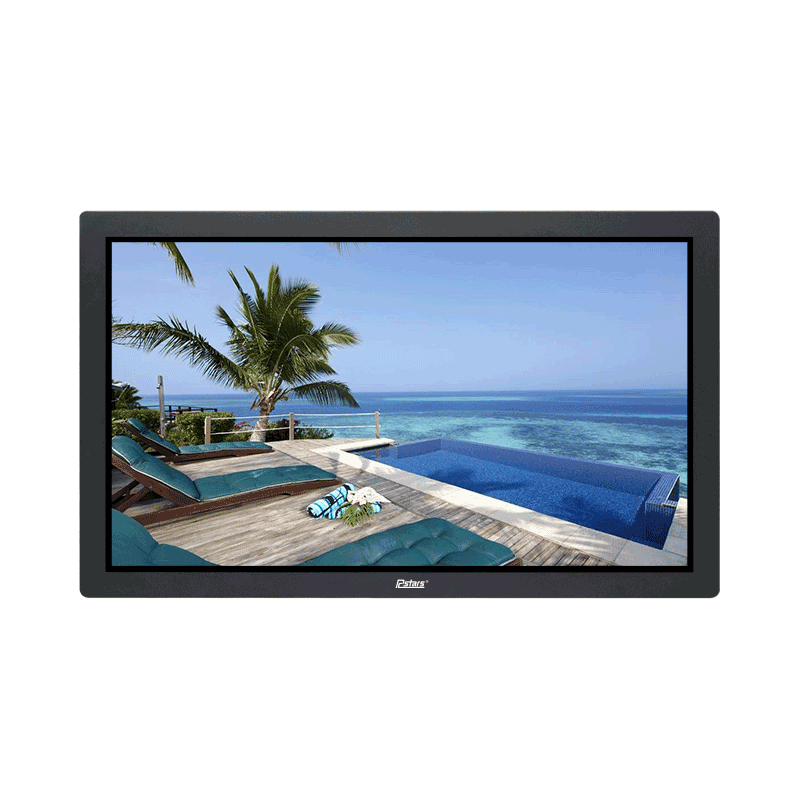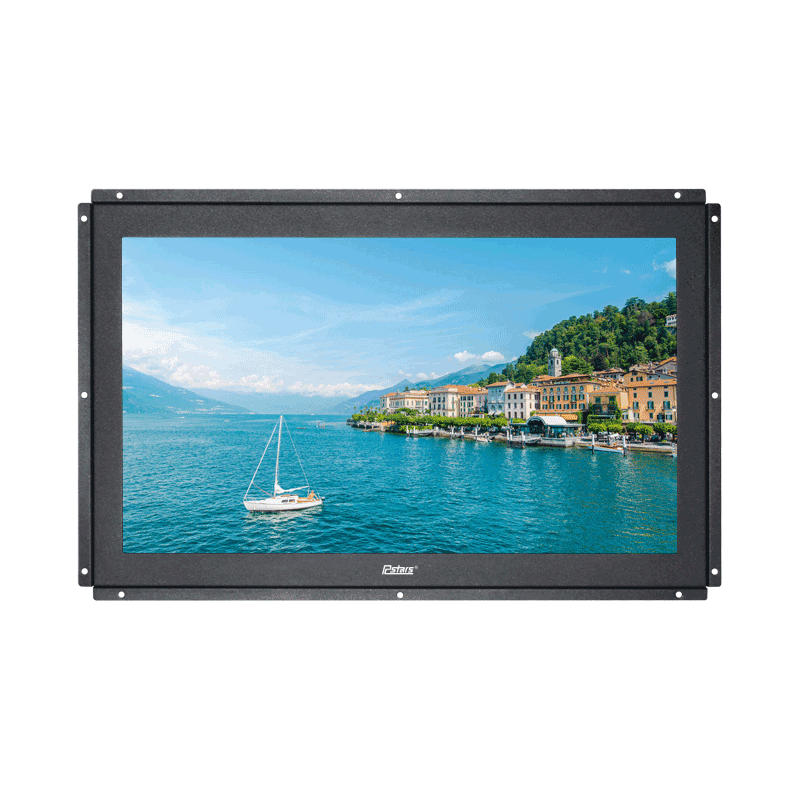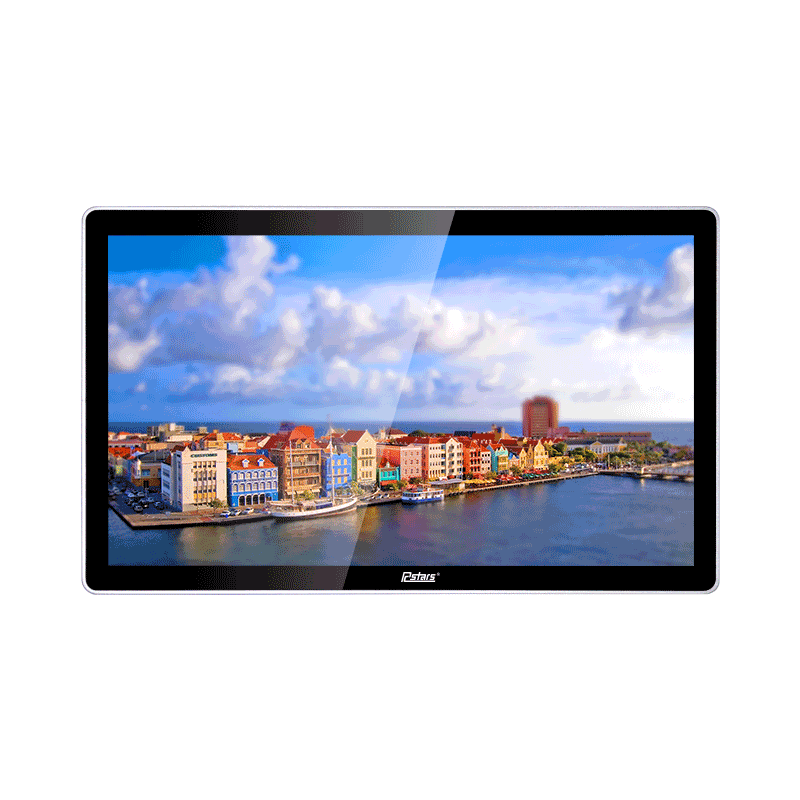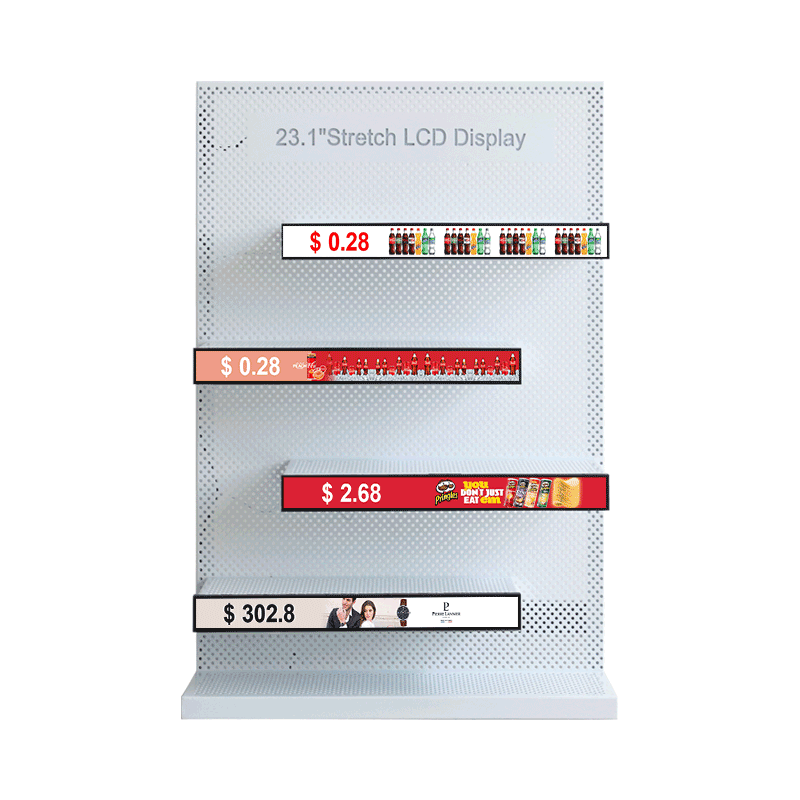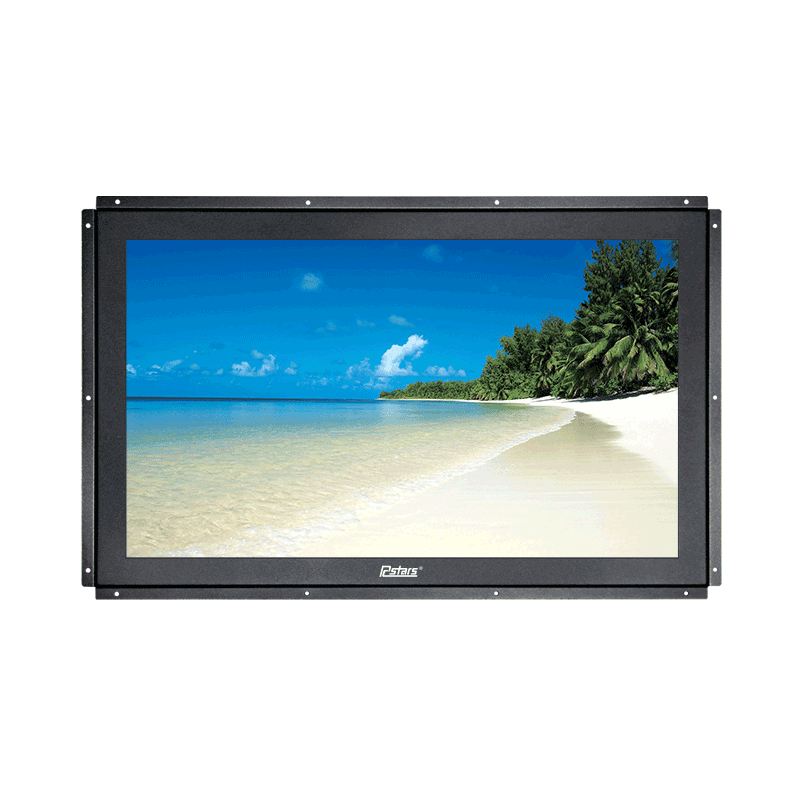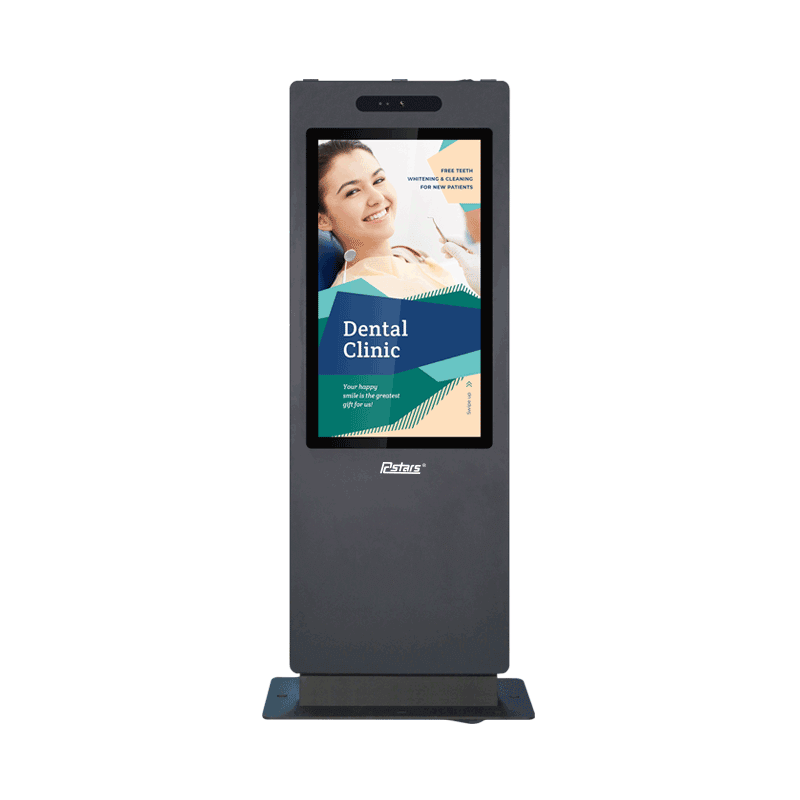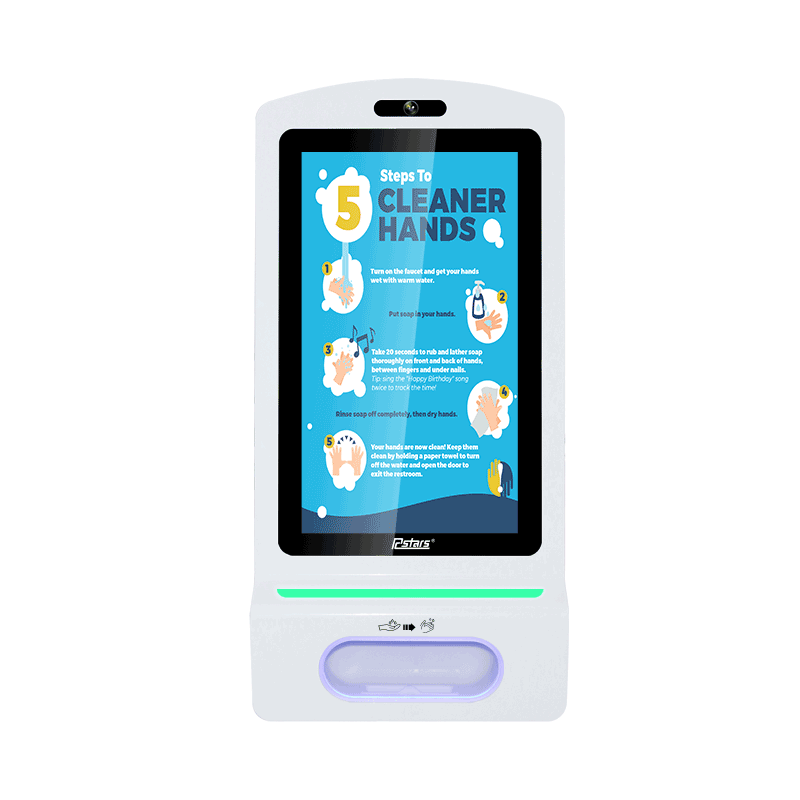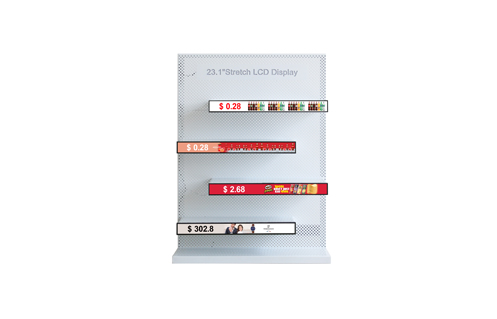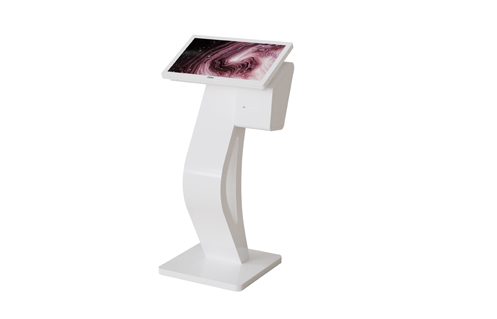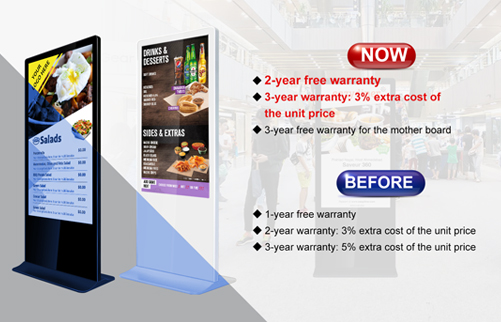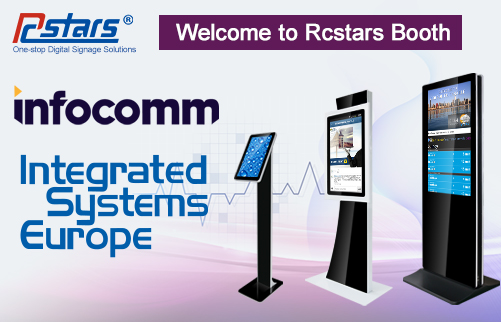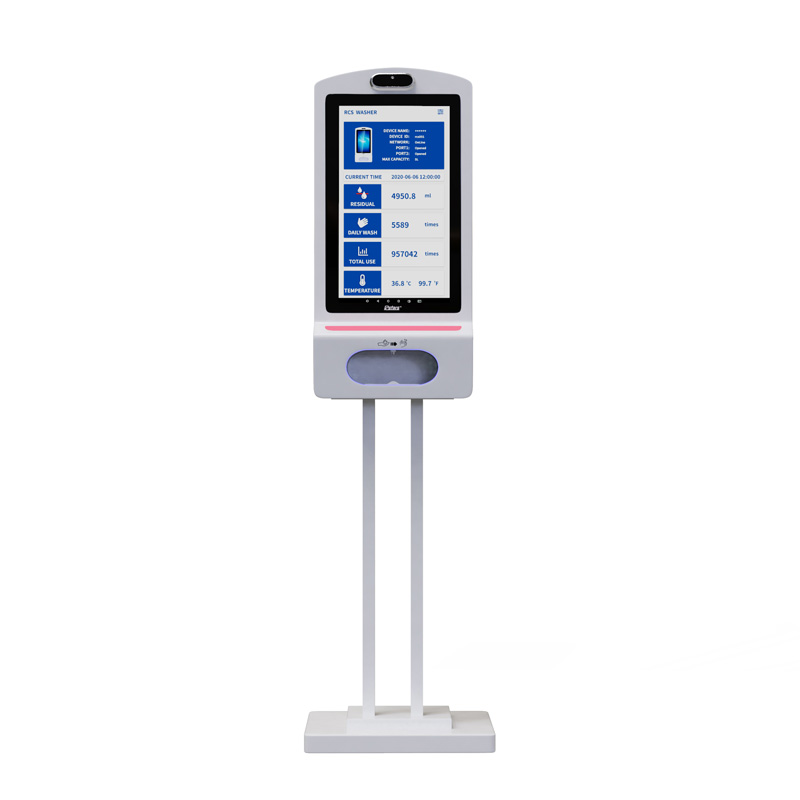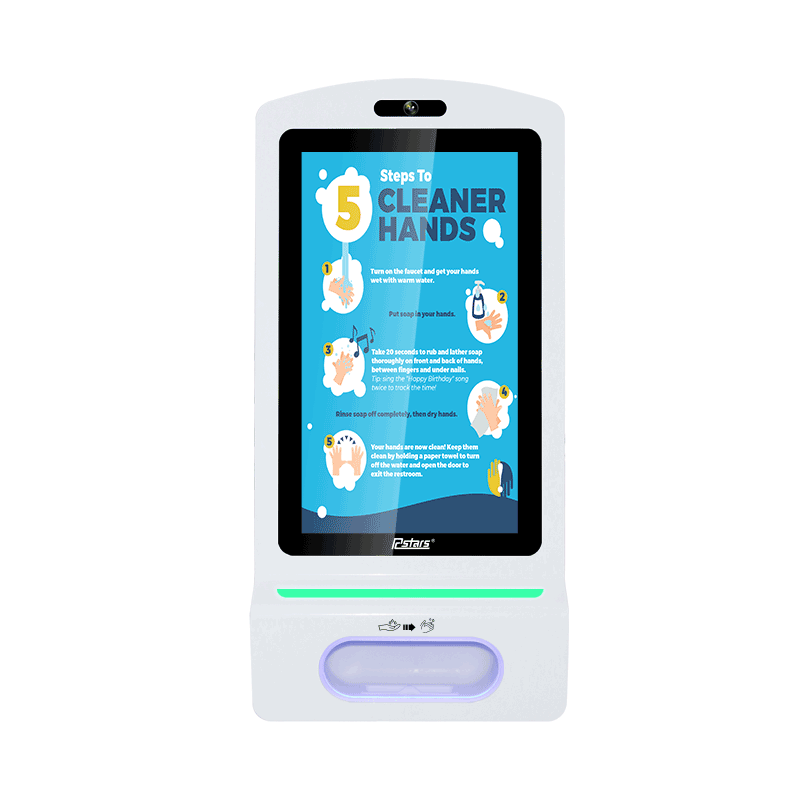The use of digital signage in the transportation industry has increased rapidly in recent years. Today, not only are airports and major subway stations using digital signage, but bus stops are now entering the investment in digital signage displays as well.
The reason more and more bus stops are adopting digital signage is simple: it is the perfect tool to inform and entertain commuters, bringing order to an otherwise chaotic environment. These signs help inform and guide commuters while preventing them from missing transit schedules. Rcstars will share with you some of the best use cases for digital signage at bus stops now!
1. Displaying Schedules
The most obvious use for bus stop digital signage is to use your screen to display bus schedules, including arrival and departure times and terminal information. This allows commuters to quickly find out when their bus arrives and leaves, and where they need to go to find it.
Buses don't always run on time. Unexpected things can occur that can cause delays. In these cases, bus stops need to give commuters peace of mind by sending schedule updates and changes, as well as on-screen bus delay notifications.
2. GPS Digital Signage
Global Positioning Systems (GPS) can be combined with digital signage to provide a real-time image of the current location of the vehicle you are interested in.
Although it was originally designed for the military, GPS became available for civilian use in the 1980's. GPS can be a very interesting feature of digital signage and can be a real lifesaver for commuters who are new to the area and still trying to navigate.
GPS can be integrated with digital signage to display specific content based on location. For example, certain advertisements or local information can be displayed based on the location of the vehicle. Developers can program travel guides to display content about any important landmarks or events that may be occurring in the vicinity.

32"Bus Digital signage player
3. Eliminate printing costs
Printing bus schedules on traditional signage can be very expensive and time-consuming. With digital signage at bus stops, bus schedules can be quickly updated with just a few mouse clicks if there is a delay in arrival or departure. No need to spend a lot of money printing a new bus schedule every few days. So not only can you keep commuters informed, you can also save a lot of cash.
4. Help with navigation
At large bus stops, it's critical that commuters are able to find their way and get to their bus on time without getting lost in the process. Therefore, large bus stations should consider installing digital wayfinding systems. Digital signage wayfinding provides commuters with tools such as maps and interactive directions to help navigate your bus stop - making it easier for them to not get lost while at the bus stop.

24"Bus digital screen
5. Display local news
Bus stops are also places where people typically sit and wait for longer periods of time. So instead of letting them sit there twiddling their thumbs to pass the time, let them watch something on the bus stop screen, such as local news stories, live TV broadcasts, notifications of community events and other useful information like weather updates.
Ultimately, investing in digital signage at bus stops is a win-win for both commuters and behind-the-scenes staff, as it makes bus stops more efficient and easier to navigate. RCSTARS specializes in industrial displays and signage that display your company's advertising and broadcast content clearly to commuters. We offer custom programming services for you, feel free to contact us to get cooperation!

